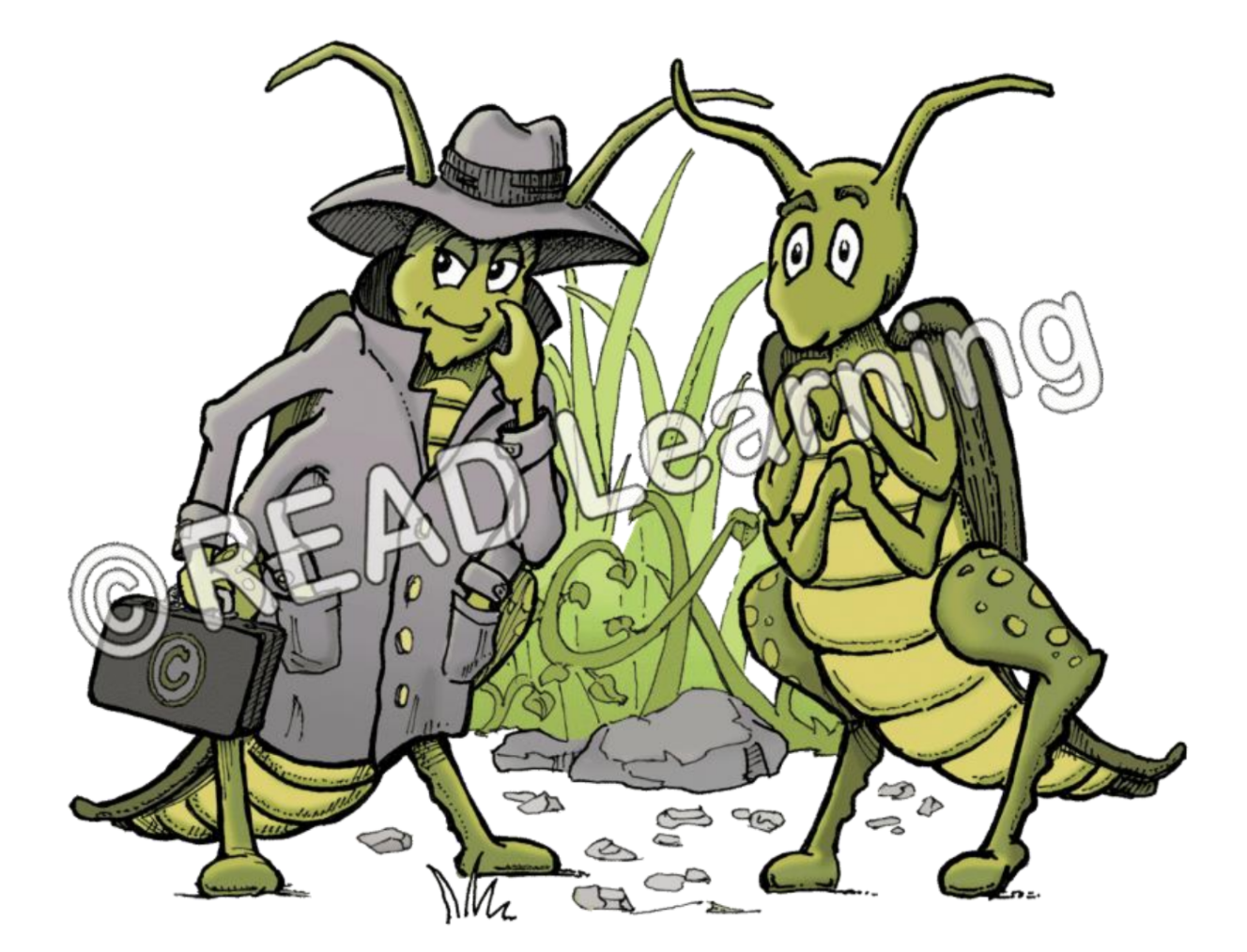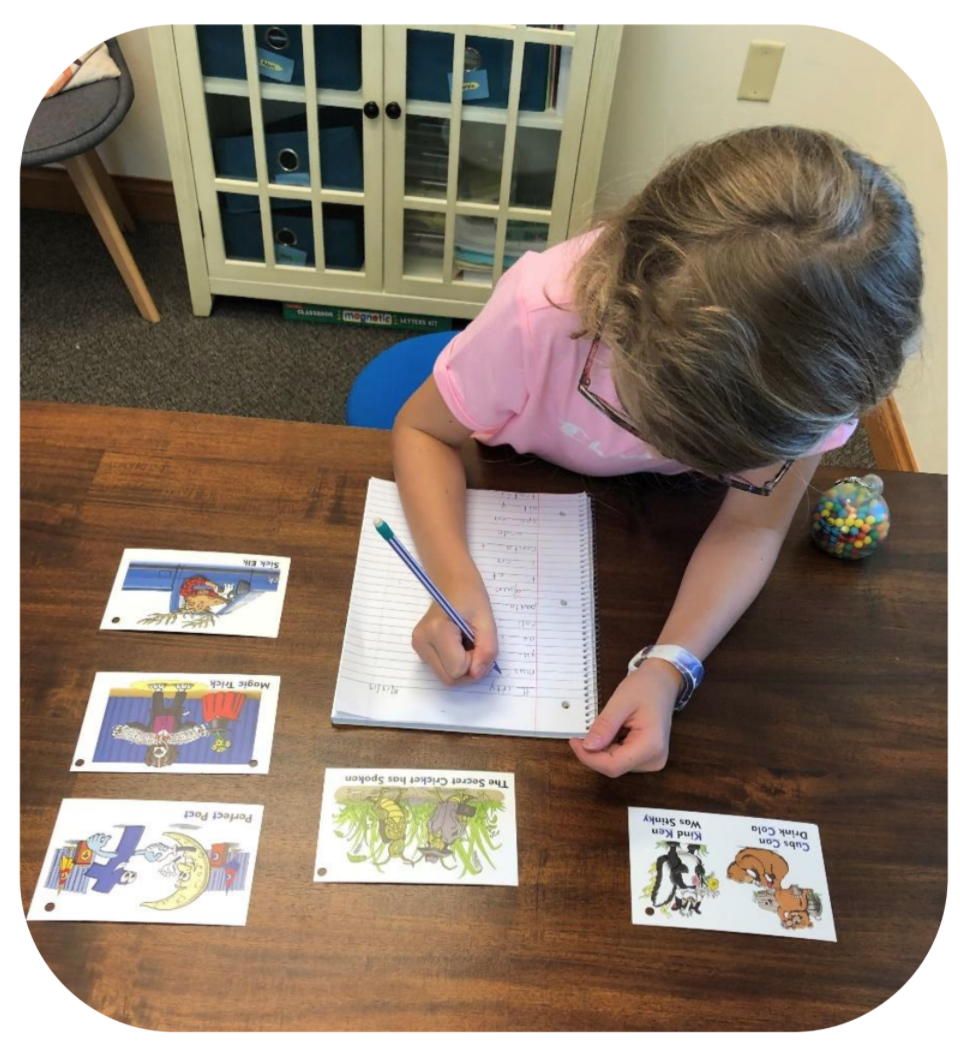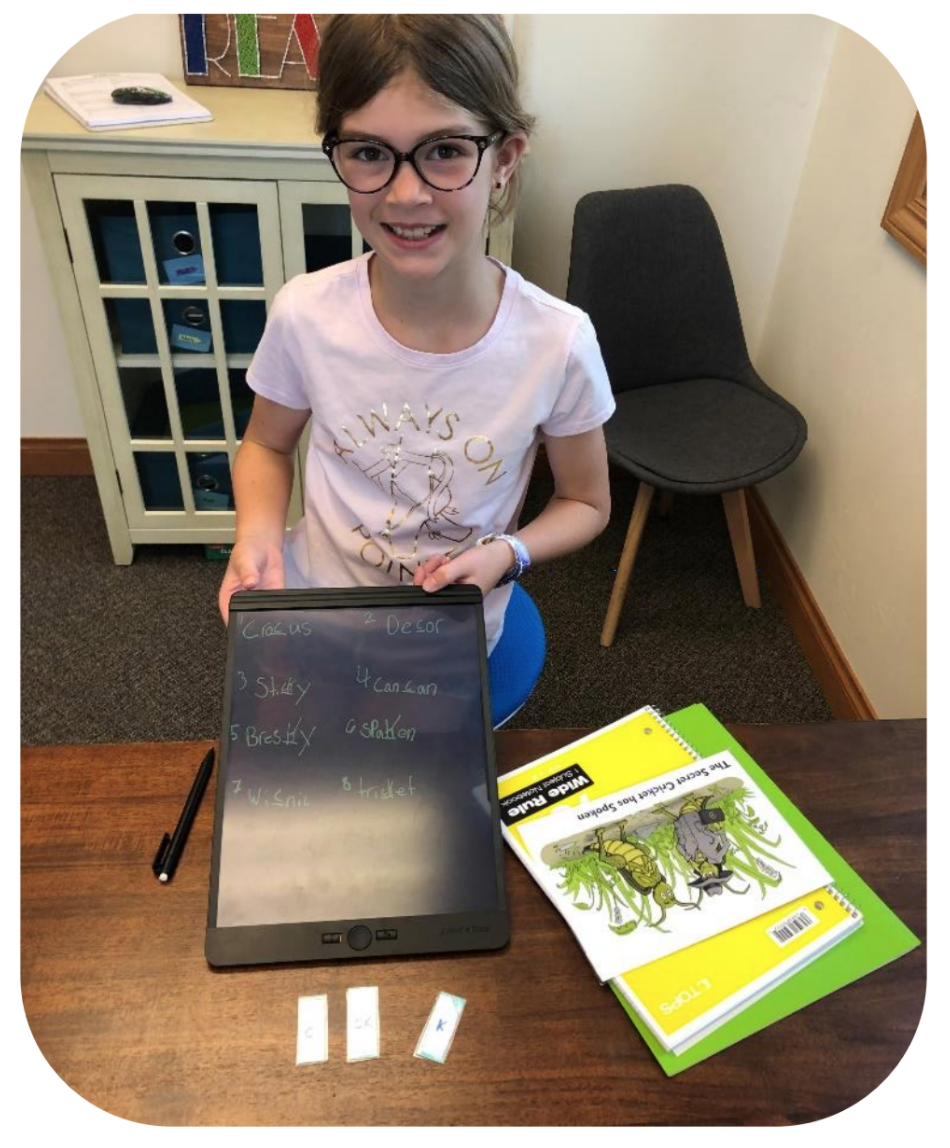Psst...PSST! I have a secret to share with you...I know the secret to spelling a really tricky sound. It’s one of those sounds that even good spellers sometimes mix up. Do you know the best part? I give you permission to share this secret with ANYONE!
If you’ve been following along, I’ve been sharing tips and tricks related to spelling the /k/with its kooky, sometimes pesky, series of spelling patterns. This is the secret to spelling /k/ in the middle of a word.
Before You Begin
● Teach spelling /k/ at the beginning of a word (find out more here)
● Teach spelling /k/ at the end of a word (find out more here)
● Distinguish the differences between long vowels, short vowels, and consonants
● Distinguish between one-syllable and multi-syllable words
● Demonstrate ability to divide multi-syllable words
 Photo by Annie Spratt on Unsplash
Photo by Annie Spratt on Unsplash
Now For the Secret
Before I spill the metaphorical beans, I am going to stress that this rule is only needed for multisyllable words, where there is a need to spell /k/ in the middle of a word. However, if you can recall our other /k/ rules, you’ll be in good shape for this one.
To begin, there are three choices for spelling /k/ in the middle:
C, CK, and K
As with our rule Cubs Can Drink Cola, always try the letter “C” first. If that letter works, stop there. If there is a ssssneaky vowel after the /k/ sound (e, i, or y), then try using “CK.” “CK” will only work if there is a short vowel right before that sound. Does that sound familiar? If so, you may be thinking of the Sick Elk rule. What happens if “C” didn’t work and “CK” didn’t work? Well, your last choice will always be “K.”
Whew! Sounds complicated! How can we simplify this a bit? If you’ve gotten to know us well enough here at Silver Moon Spelling, you know that we always have a catchy slogan to swoop in and jog your memory. This spelling rule is no exception.
The Secret Cricket Has Spoken

1. Spell /K/ with a C if there’s an a, o, u, or consonant after it.
If this doesn’t work...
2. Spell /K/ with a CK if there’s a short vowel in front of it.
If neither of these work...
3. Spell /K/ with a K.
Now, because this is a more complicated rule, it works well when I point out to students that they can use their student spelling rule cards to help them remember the order in which they must try spelling that middle /k/ sound. The order can be found in both the name of the rule, The Secret Cricket Has Spoken, and in the picture itself. I encourage you to take a moment to harness your inner child and indulge in a little search-and-find for the “C,” “CK,” ad “K” in our cricket illustration!
 One of our students working hard to learn this new rule by using her Silver Moon Spelling rule cards.
One of our students working hard to learn this new rule by using her Silver Moon Spelling rule cards.
Important Tips to Consider
Psst...I Have FREE Resources
I’d like to share with you my secret stash of FREE resources that you can click, print, and use as you teach this rule with your students. Unlike the monotony of many reproducibles, ours tend to be interactive to facilitate active learning in our students.
 There's nothing better than finding success in a new spelling rule!
There's nothing better than finding success in a new spelling rule!
Here’s the next part of the secret: share our secrets with EVERYONE. How often are you given permission to share a secret? If you know of any teachers or parents who might benefit from our resources, please share them! Who doesn’t love free stuff?
Secret Cricket Reproducibles Here!
As always, if you found this blog helpful, please share it with your fellow teachers, parents, and interventionists. Interested in learning more? You can find our other spelling topics HERE, and don’t forget to check out our complete guide to spelling at www.Silvermoonspellingrules.com
Happy Teaching!
Written by:
Kate Wagner, BSE
Reading Interventionist, Remote Learning Coach